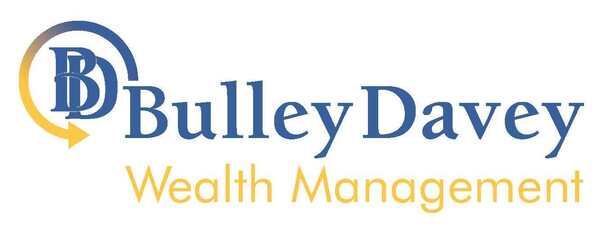When writing our wills, we want to make sure that our loved ones can get as much as we can possibly give them, so more often than not, many spend considerable time planning for inheritance tax (IHT).
It can be a frustrating process, but trusts offer a great way to reduce the potential tax impact of receiving a substantial inheritance directly.
Yet, many are anxious about them and don’t understand them. This blog covers the basics of trusts and some of the tax benefits to them.
What is a trust?
A trust is a legal arrangement in which you, the settlor, hand money, property or investments to a trustee, who will look after these assets and is legally obliged to manage them responsibly.
Depending on the details of the trust, the assets will be released to a third party, known as the beneficiary, either before or after your death, who is the one you want your assets ultimately to be passed on to.
They are especially useful for passing money to someone incapable of handling it themselves. For instance, you can set up a trust for your children, with the money released when they come of age.
What types of trusts are there?
As the settlor, you set the rules and decide exactly how the trust will work, of which there are many.
There’s the simplest form, the bare trust, in which everything is passed onto the beneficiary straight away as long as they are over 18.
There are also interest-in-possession trusts, which are popular in the wills of people who have remarried after a divorce but want to pass on assets to their children from their first marriage.
With these, the beneficiary is entitled to an income from the trust, but not to the assets that generate that income. As such, income tax is due on any money withdrawn from the trust.
Another useful structure, especially for older grandparents drawing up their will, is a discretionary trust, which sees the trustee have absolute power over how assets are distributed.
Many older individuals who want to pass money to their grandchildren name the parents as the trustees to manage the finer details of the inheritance.
Lastly, mixed trusts that combine elements of other trust structures are available, while a trust for a vulnerable person specifically has smaller tax obligations on income and profits than other structures.
How are trusts taxed?
During the time a trust is open, neither you nor the beneficiary can touch what’s in it, allowing you to breathe easy that the assets you’re passing on are in the safe hands of a trusted and experienced trustee.
Crucially, when an asset of yours is in a trust, it is also no longer considered your property, and so it no longer forms part of your estate. Instead, it belongs to the trust.
This can have potentially huge IHT implications for you. Unfortunately, it’s something of a misconception that trusts are completely free from IHT, but they are taxed differently to assets in someone’s estate.
In short, IHT rules obligate a tax payment of 40% on a deceased person’s estate. There’s a £325,000 tax-free allowance, however, so anything under the threshold won’t be taxed.
When you put assets into trust, anything above the £325,000 allowance will be subject to a tax, but this time of only 20%.
There’s a 6% tax charged every 10 years on the value of the assets that year, in case a trust’s investment has grown in that time. There is also an exit charge set at the same rate, on a pro-rata basis since the last 10-year charge.
Finding the best and most tax-efficient trust structure is no easy task given the complexity of inheritance tax rules.
That’s why you should always talk to a financial adviser before you set up a trust, so that they can listen to your specific needs and wishes.
Get in touch with us to talk about your inheritance plans.
